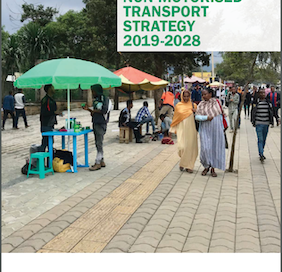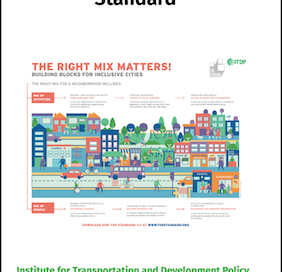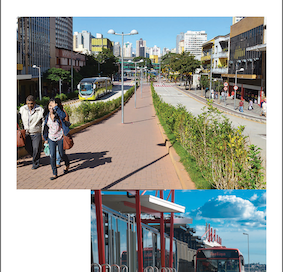Ethiopia Non-Motorized Strategy 2020-2029
Walking and Cycling
Non-motorised transport (NMT) offers basic and affordable mobility, access to public transport, and health benefits. Improving the convenience, comfort, and safety of walking and cycling reduces the demand for travel by personal motor vehicles, helping to alleviate the critical traffic challenges facing many cities. Despite a high level of reliance on NMT in Ethiopian cities and rural centres, many streets are not designed for people to walk or cycle. Evidence around the world has shown that street designs focused on vehicle movement rather than mobility for people undermine the quality of life and the character of public spaces. Greater emphasis on walking, cycling, and public transport in the planning, design, construction, and management of transport systems is needed to achieve a more equitable allocation of road space.
Non-motorised modes play a fundamental and unique role in the efficiency of transport systems, providing an affordable, low-carbon travel option. They also provide essential connectivity to public transport. In Ethiopian cities and rural centres, the vast majority of residents rely on walking, cycling, and public transport
In order to improve the walking and cycling environment, UN Environment, UN-Habitat, the Institute for Transportation and Development Policy (ITDP) and the Government of Ethiopia through the Ministry of Transport (MoT), Federal Transport Authority (FTA), Ethiopian Roads Authority (ERA) and the Ministry of Urban Development and Construction (MUDC) prepared the Non-Motorised Transport (NMT) Strategy 2020-2029 to guide the implementation of non-motorised transport initiatives and infrastructure over the next ten years. The Strategy is available in English and Amharic.




